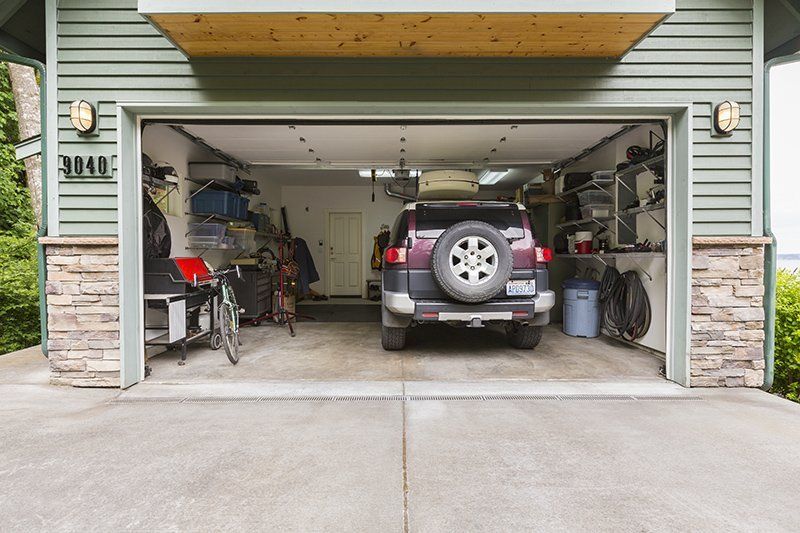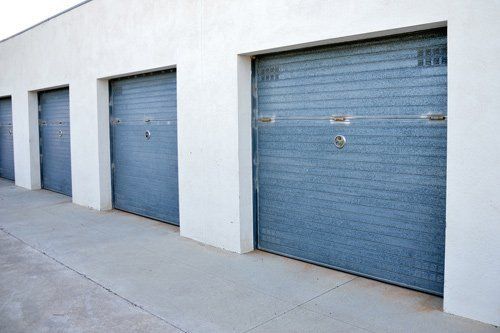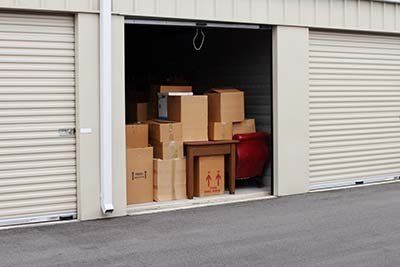5 STEPS TO PREPARE YOUR VEHICLE FOR STORAGE
October 10, 2017

Whether you have a classic car, an expensive one, or simply have a sentimental attachment to a vehicle, storing it can cause some concern for an owner. You may wonder if the car will fare well while stored or if you can do anything to help it come out of storage in as good condition as it entered storage.
The good news is that there are several things you can, in fact, do to help keep any vehicle in good shape while it's out of commission. Here are 5 steps to follow.
CLEAN IT
Before putting your vehicle in storage for any length of time, always give it a thorough cleaning ... both inside and out and including the undercarriage. In fact, having it properly detailed is the best idea. Leaving dirt, salt, and debris on the car can result in corrosion or damage to the paint and interior. Finish off with a good wax as well.
While you're prepping the car's exterior, have the oil changed as well. Old oil can contain contaminants that will damage the engine, so start with fresh oil and a clean filter.
FILL IT
The fuel tank will do best if it's filled completely. Why? This prevents moisture from accumulating inside the tank and helps keep seals from drying out. If you'll be storing the car for a longer period of time, add a fuel stabilizer to the tank, then drive the car a few miles to mix it in. This will help keep the fuel from deteriorating.
Check all the other normal fluids as well and top off any that need it.
LIFT IT
Fill the tires to their manufacturer-recommended pressure. If the car will be stored for less than about 3 months, it's probably safe to leave it sitting on the tires (perhaps protected by some plywood underneath). But if you plan to store it for longer than that, you may want to lift the car on jacks so that it doesn't sit on the tires and cause flat spotting or damage to the suspension.
UNPLUG IT
There are a few different ways you can prepare the battery for disuse, and which method is right depends on how long you plan to keep the vehicle off the road. For short term storing, you may simply want to ensure that the car is started every two or three weeks or use a battery tender to keep the battery charged. Mid-term storage may call for disconnecting the negative battery cable. But for the long term, it's probably best to remove the battery entirely. After all, it may not be any good after a long period of idleness anyway.
PROTECT IT
No matter what your climate is like, it can damage a car or truck left unattended for months or years on end. Start with a well-fitted car cover. Then, look for a storage location that's protected from the elements, is secure from trespassers, and doesn't expose the vehicle to other contaminants (such as possible spills, chemicals, or dust). One ideal way to protect your investment is by safely keeping it in a covered storage facility such as a self-storage unit at Oakdale Self Storage.
When parking the car in its temporary home, don't set the parking brake, as this may cause damage. But you can prevent unexpected movement by keeping it in a level environment and blocking the tires (both front and back).
Spending a little time now getting your vehicle ready to be put away will help ensure that it's in the best condition possible when you take off the cover and get it back on the road.












